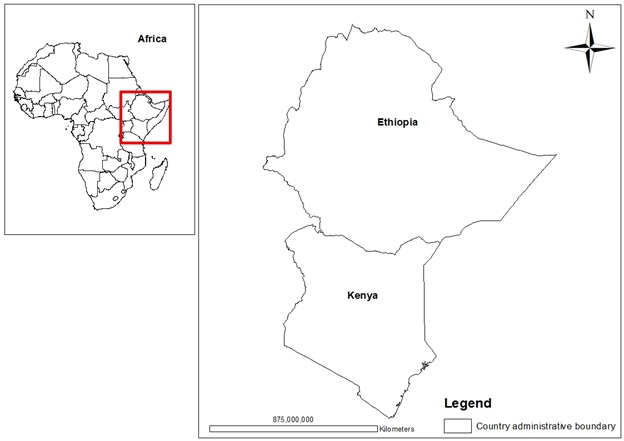Authors:
Lyla L. Taylor1, Charles T. Driscoll2, Peter M. Groffman3,4, Greg H. Rau5, Joel D. Blum6, and David J. Beerling1
1Leverhulme Centre for Climate Change Mitigation, Department of Animal and Plant Sciences, University of Sheffield, Sheffield S10 2TN, UK
2Department of Civil and Environmental Engineering, 151 Link Hall, Syracuse University, Syracuse, NY 13244, USA
3City University of New York, Advanced Science Research Center at the Graduate Center, New York, NY 10031, USA
4Cary Institute of Ecosystem Studies, Millbrook, NY 12545, USA
5Institute of Marine Sciences, University of California, Santa Cruz, CA 95064, USA
6Department of Earth and Environmental Sciences, University of Michigan, Ann Arbor, MI 48109, USA
In addition to reducing emissions, nations aiming to meet their agreed targets to mitigate climate change will need to employ Carbon Dioxide Removal (CDR) strategies. One such strategy is Enhanced Rock Weathering (ERW) which relies on CO2 dissolved in rainwater, which forms carbonic acid and chemically attacks mineral surfaces. If the minerals contain “base cations” such as calcium, soil pH will rise and more carbon dioxide will dissolve, to be transported downstream and stored in the oceans. Note that this process is less efficient if the rocks being weathered already contain CO2, such as limestone. Such rocks can become a source of CO2, so CO2-free silicate minerals are preferred.
Base cations liberated from the rocks being weathered are also nutrients for plants. In the Hubbard Brook Experimental Forest, acid rain had led to leaching of calcium with adverse effects on sugar maples, so relatively small quantities of silicate mineral pellets were applied to an entire watershed in 1999 in an attempt to replace that calcium and improve forest health. Unwittingly, this comprised one of the earliest watershed-scale ERW experiments, and there is a wealth of data available to assess its impacts.
The experiment led to an improvement in the productivity and health of sugar maples in this forest, leading to sequestration of carbon in the wood and a small increase in dissolved CO2 transported downstream. We aimed to build a greenhouse gas budget for the forest, measuring the amount of calcium and dissolved CO2 that had been transported downstream, the increase in wood storage, any organic carbon lost in streamwater, and also any greenhouse gas emissions from the soil and streams, including carbon dioxide, methane and nitrous oxide. Despite initial penalties due to release of an estimated 0.8-2.4 metric tons of CO2 during mining, grinding, road transport and use of a helicopter to spread the minerals on the forest, this watershed appears to have sequestered more carbon than an untreated nearby reference watershed: 8.5-11.5 metric tons of CO2 net per hectare over a 15-year period. In this case, the improved wood production was the main sink for carbon. These results suggest that similar acid-impacted forests would benefit from such treatments from a climate change perspective given sustainable sources of rock dust.




